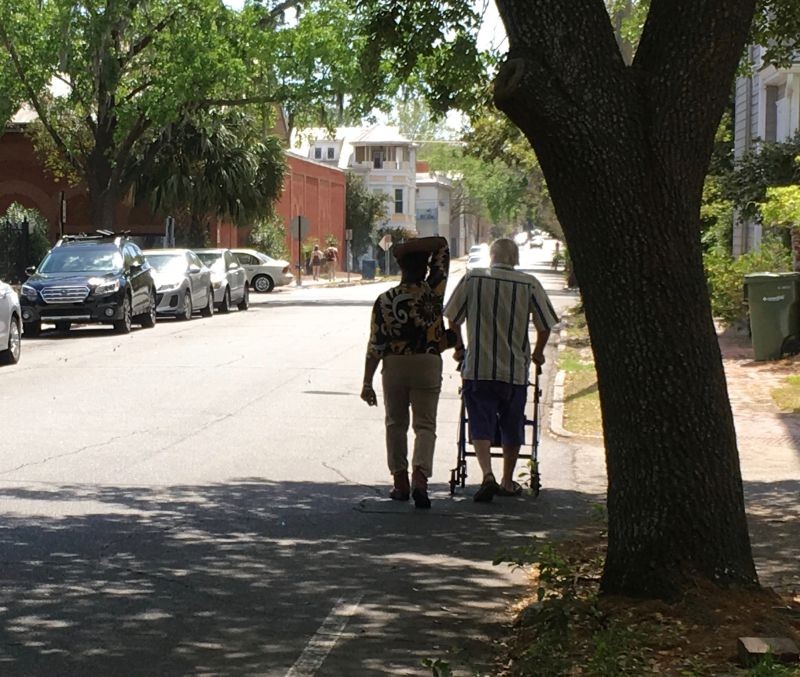In one way, hostility drivers direct at cyclists is like racism, sexism and homo- and transphobia: It’s based on stereotypes and other misconceptions.
One of the stereotypes about cyclists is that we’re Lycra-clad antisocial scofflaws (or “sexy-ass hipster girls”). I stopped wearing Lycra years ago and I obey the law to the degree that I can without endangering myself or anyone else.
As for misconceptions: One that drivers have shouted at me when they cut me off is that cyclists and bike lanes are the reason why drivers spend so much time sitting in traffic.
I can understand why they, however misguidedly, link bike lanes with traffic jams. On Crescent Street, where I lived until a few months ago, a bike lane was installed a few years ago. From day one, I thought it was a terrible idea because Crescent, a southbound thoroughfare with two traffic and parking lanes, was the only direct connection between the RFK Memorial Bridge/Grand Central Parkway and the Queensborough (59th Street) Bridge/Long Island Expressway. For that reason, it has always had more traffic than the other north-south streets (except 21st) in Astoria and Long Island City. The situation was exacerbated by Mount Sinai-Queens hospital on Crescent and 30th Avenue, two blocks from where I lived.
So as poor a decision as it was to turn a Crescent traffic lane into a bike route, it was not the cause of traffic tie-ups or drivers’ inability to find parking: Vehicular logjams and the paucity of parking spaces plagued the street long before the bike lane arrived.
Unfortunately, similar mistakes in bike infrastructure planning have been made, and motorists’ misconceptions and frustrations have resulted, all over New York and other US cities. They have led grandstanding politicians and candidates to pledge that no more bike lanes will be built and existing ones will be “ripped out.”
Even more worrisome, at least to me, is that lawmakers in a place that seems to have more enlightened policies than ours are talking about such knee-jerk “solutions” to traffic “problems.” In the Canadian province of Ontario, the government is considering legislation that would prohibit the installation of bike lanes if motor vehicle lanes have to be removed.
 |
| Bike lane on Eglinton Avenue. Toronto. Photo by Paul Smith for CBC. |
The “reasoning” behind it is the population—and traffic—growth around cities like Toronto, Ottawa and Hamilton which has led to longer commute times.
What such policy makers fail to realize is that growth, especially in the suburbs, is largely a result of building roads that provide direct access to cities’ business districts, or between suburban locations. Research has shown this pattern to repeat itself in metropolitan areas all over the world: One planner describes it as a “build it and they will come” phenomenon.
Moreover, the legislation Ontario lawmakers are proposing posits a false choice between motor vehicle and bike lanes and pits cyclists against motorists. It’s difficult to see how inciting such a conflict will make commuting—or cycling or driving for any other kind of transportation or recreation—safer or more efficient.
I hope that Ontario’s legislature will stop and listen to research and evidence rather than loud, angry voices. My hope is not unfounded: our neighbors to the north seem to do such things more often and earlier, whether it comes to transportation, marriage equality or any number of other issues.

















